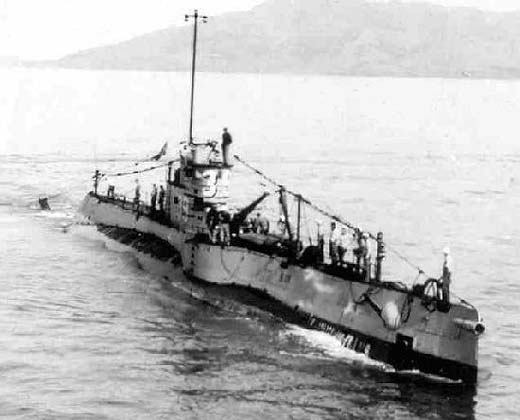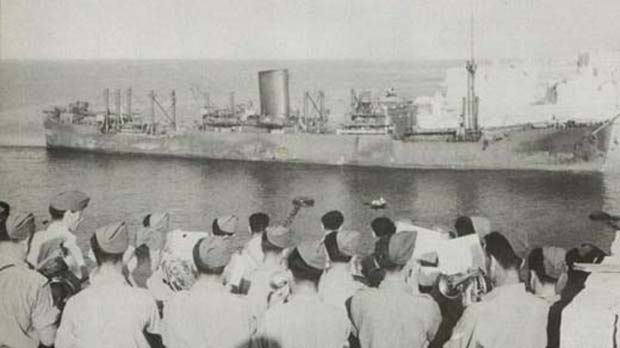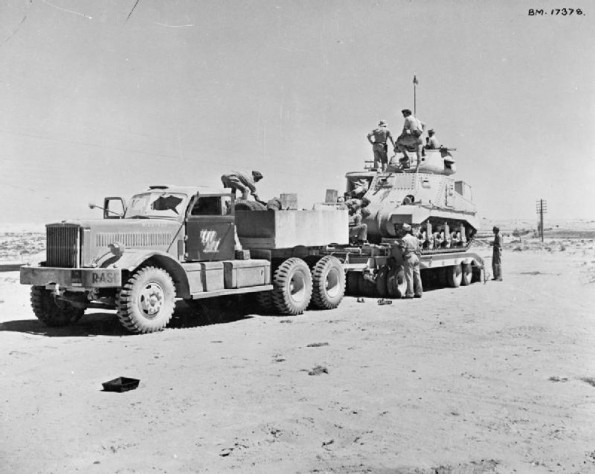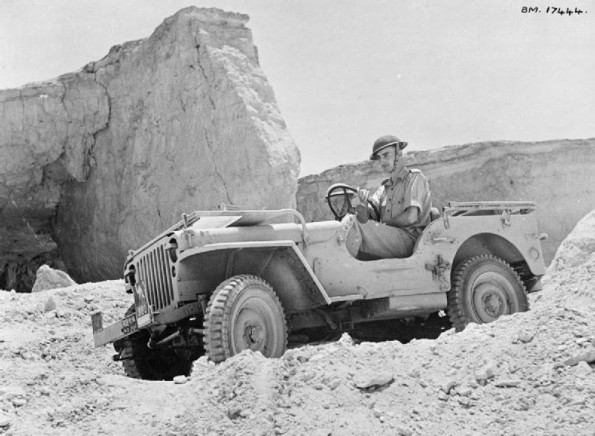Air Operations, Asia
US planes bomb Formosa.
[Air Operations, Europe
BOMBER COMMANDDaylight Ops:
- 7 Bostons on shipping sweep off the Frisians, claim 1 ship sunk; 1 Mosquito bombs Essen
- No losses
- 36 aircraft lay mines of the German and Dutch coasts
- 1 Stirling lost
Air Operations, New Guinea
5th Air Force B-17s, 22nd Medium Bomb Group B-26s, and B-17s respectively, mount 3 separate attacks against a troop-laden Japanese convoy at sea near Gona.
[Allied Command
3 weeks after the TORCH decision was made, Eisenhower is given a directive on his mission. In conjunction with Allied forces in the Middle East, he is to take control of North Africa from the Atlantic Ocean to the Red Sea. The first two stages of Operation TORCH would be first to achieve and secure landings in French North Africa and then to take unchallenged control of Morocco, Algiers and Tunisia.
[Battle of the Atlantic
- The US freighter Cripple Creek (6347t) is torpedoed and sunk by U-171 losing one of her crew. The survivors take to three lifeboats. The survivors are rescued by the British armed trawler HMS St Wistan on the 16th.
- The US freighter Delmundo (5032t), in Convoy TAW-12, is torpedoed and sunk by U-600 in the Windward passage with the loss of 5 of her crew and 3 passengers. The survivors are rescued by the British destroyer HMS Churchill.
Eastern Front
Troops from 4th Panzer Army advance southeast and take Elista, which is south of Stalingrad and southeast of Kotelnikovo.
SOUTHERN SECTORThe 6th Army clears the Don Elbow. The 1st Tank Army has been comprehensively defeated alongside the 62nd Army and is disbanded within a few weeks.
The 4th Panzer Army pushes its 16th Motorized Division out to the south, capturing Elitsa. The 16th Motorized protects the floating junction of Army Groups A and B and patrols a vast sector stretching from the Sarpa Lakes south of Stalingrad to the Kuma River in the Caucasus. Leading scouts of this division will push the farthest east of any Germans, coming to within 20 miles of Astrakhan. Only the lack of Soviet units prevent a deep penetration into the junction of the 2 army groups.
Mineralnye Vody falls to the 1st Panzer Army as it closes upon Grozny. Supplies are increasingly short as the line of communication stretch to the breaking point. The 13th Panzer Division is instructed to join with the 3rd and 23rd Panzer Divisions of the III Panzer Corps.
[Guadalcanal
Japanese Imperial General Headquarters orders the 17th Army to conduct offensive operations to defeat American forces on Guadalcanal.
[Gulf of Mexico
The US tanker R. M. Parker, Jr. (6779t), en route to Port Arthur, Texas, is torpedoed, shelled and sunk by U-171. There are no casualties and the Coast Guard auxiliary cutter Pioneer rescues all 37 of her crew and the 7-man Armed Guard.
[India, Home Front
Anti-British rioting continues in India. Several factories involved in the production of military materiel are closed because of strikes.
[Mediterranean
A powerful force of Italian cruisers and destroyers departs Naples to strike the battered Convoy PEDESTAL, but turns back when the promised close air cover fails to appear. The cruisers Bolzano and Muzio Attendolo are then torpedoed by the British submarine Unbroken, off Lipari Island.
Very early in the morning the cruiser HMS Manchester is badly damaged by Italian motor torpedo boats with the loss of 13 of her crew. 163 more of her crew are taken off by the British destroyer Pathfinder. The cruiser is later scuttled and more of the crew are rescued from rafts by the British destroyers Eskimo and Somali. A total of 13 officers and 308 men are rescued. The British destroyer Foresight is badly damaged by a torpedo from an Italian aircraft. An attempt to tow her by the British destroyer Tartar is fruitless and she is scuttled after her crew is taken off. 5 more freighters from the PEDASTAL convoy are sunk including Clan Ferguson, Waimarama and Glenorchy. Later another 2 are sunk but 4 more reach Malta and a fifth, the tanker Ohio, is towed into Valetta on August 15. Ohio carries vital fuel for the island's striking forces.
|
| ||||
New Britain
The Japanese Imperial General Staff gives the 17th Army, stationed at Rabaul, the task of driving the Americans out of Guadalcanal and the other islands in the Solomons where they have landed. Gen Masao Maruyama begins the necessary preparations.
[New Guinea
A Japanese convoy lands 3,000 engineers at Basabua near Gona. A powerful attack is mounted by the Japanese against the Australians and native troops in the area if Deniki, forcing them back beyond Isurava, 5 miles from Deniki. With their hold on the Buna-Kokoda track secured by this successful action, they confine themselves to consolidating their positions.
[North Africa
Lt-Gen Bernard Montgomery, supposedly only on a visit to the front, assumes command of the 8th Army from Gen Neil Ritchie. Gen Sir Harold Alexander replaces Gen Sir Claurde Auchinleck on August 15(18?). Montgomery starts at once to prepare his defenses for a German attack.
|
|
S-39 (SS-144) Strikes a Submerged Reef |
 |



